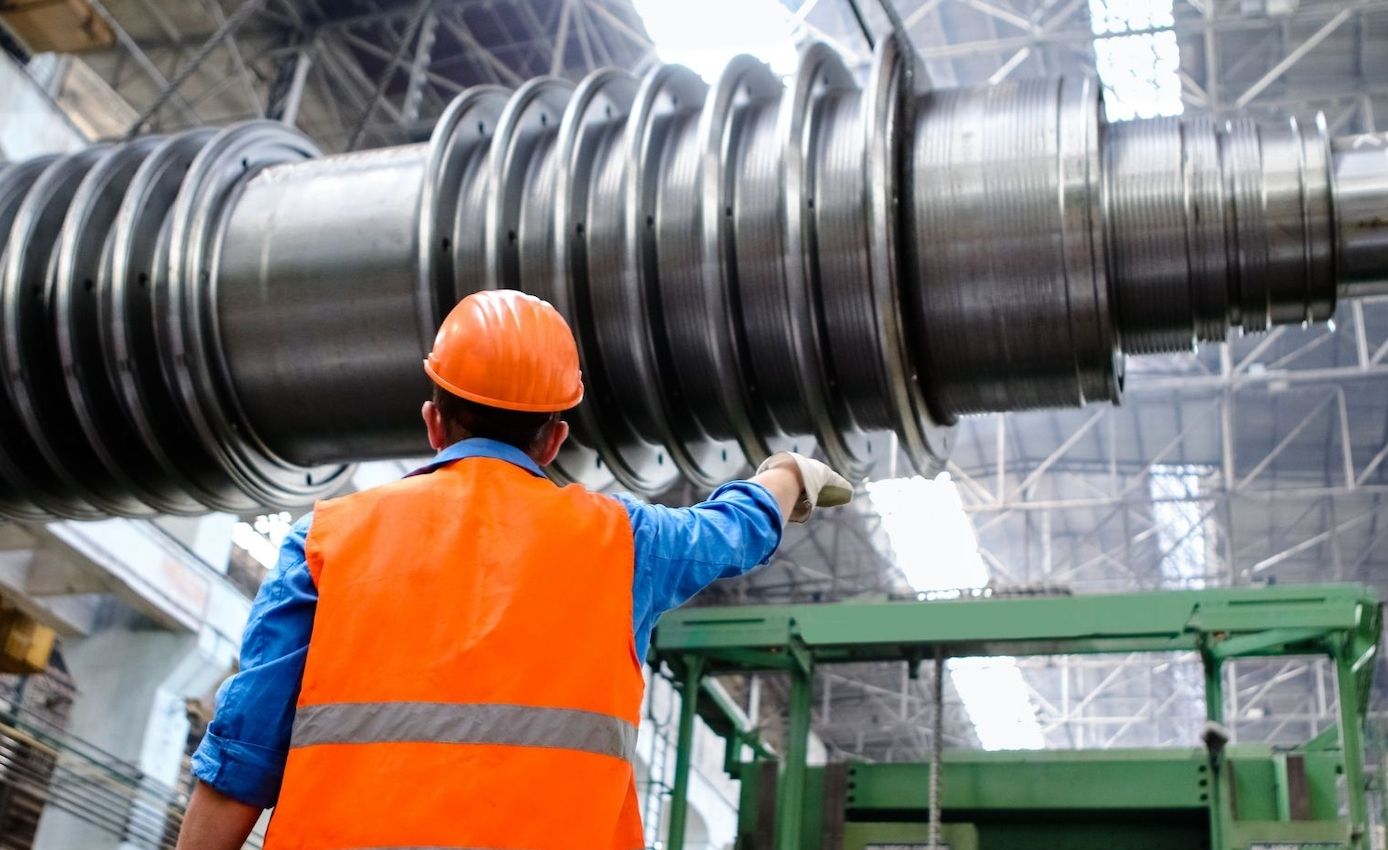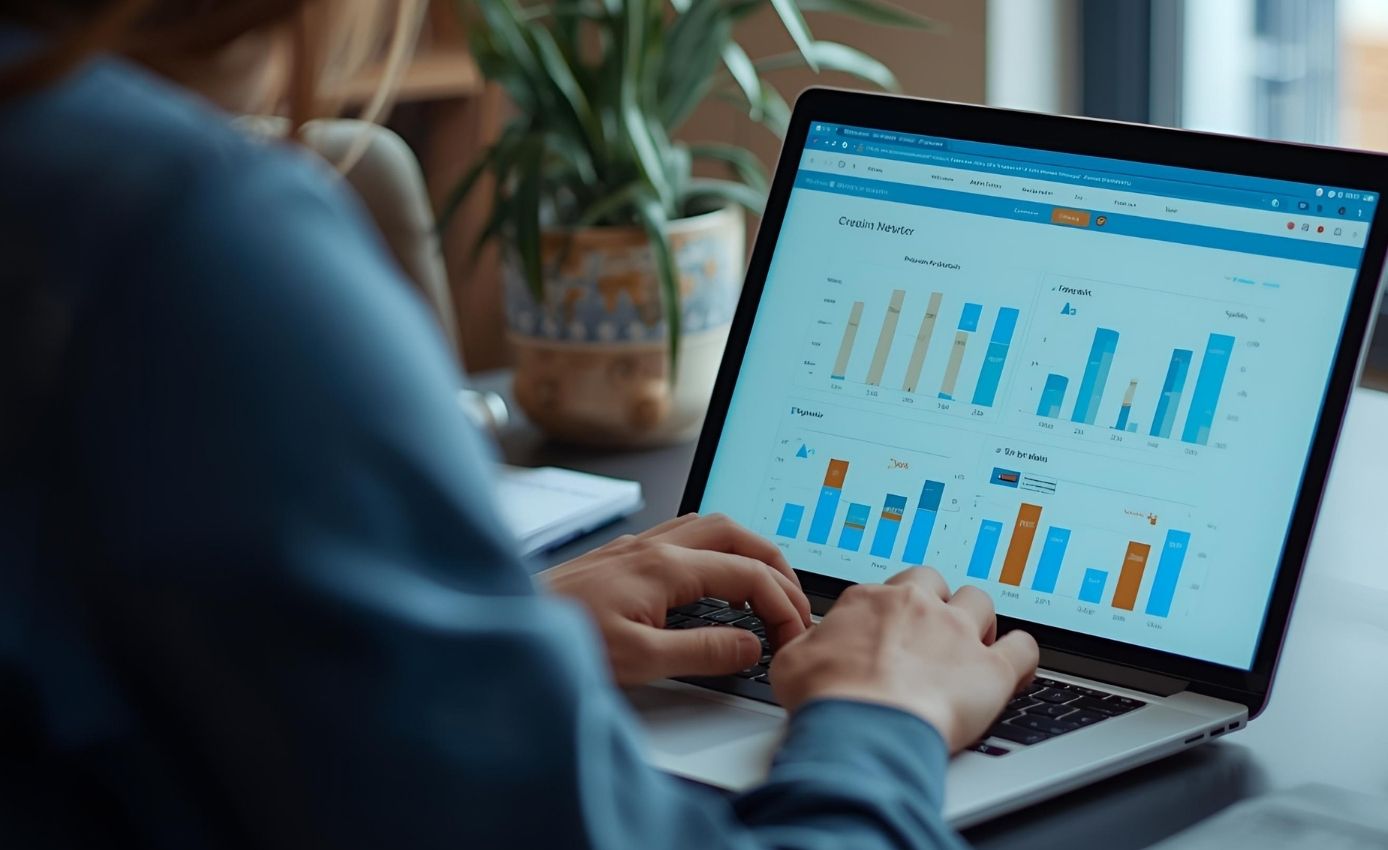The Hidden Costs of Single-Supplier Dependency and How to Create a Resilient Sourcing Strategy
Explore the hidden risks and follow a step-by-step guide to building a more resilient sourcing strategy.


For many growing businesses, working with one reliable supplier can feel like a win. Fewer moving parts, streamlined communication, and a simpler procurement process—what’s not to love?
But in today’s unpredictable global market, that simplicity often hides risk. Overreliance on a single supplier, especially for critical components or materials, can quietly chip away at your margins, stall innovation, and leave your business vulnerable to disruption.
At Value Source Global, we’ve seen firsthand how supplier dependency impacts everything from cost control to product delivery. The good news? Building a smarter, multi-supplier strategy doesn’t require a complete overhaul. With the right approach and manufacturing partner, you can strengthen your supply chain without sacrificing efficiency.
What Makes Single-Supplier Dependency So Risky?
While some businesses knowingly take the risk to gain short-term convenience or cost savings, many don’t realize how much they’re leaving on the table—or how exposed they truly are. Here are the hidden costs that often go unnoticed:
1. Eroding Margins
Without competition, suppliers have little incentive to lower prices or improve terms. Over time, this eats into profitability. Even small price increases or shipping delays can compound quickly across high-volume SKUs.
VSG Insight: We often find that the “low price” advantage of a single supplier begins to vanish when total landed costs are analyzed holistically.
2. Missed Market Opportunities
Relying on one source limits your flexibility to pivot, scale, or innovate quickly. If your supplier can’t accommodate a faster lead time or new customization, you may miss out on time-sensitive sales or new market demand.
3. Lower Leverage in Negotiations
When your entire operation depends on one partner, you lose leverage. Any dispute over pricing, quality, or timelines puts you at a disadvantage—with few alternatives.
4. Increased Risk Exposure
Natural disasters, geopolitical instability, regulatory shifts, labor strikes, any disruption in your supplier’s region becomes your problem. And without backups in place, your business is at a standstill.

Step-by-Step: How to Create a Resilient, Multi-Supplier Strategy
If this all sounds familiar, don’t worry—you’re not alone. Many of our clients at VSG started with a single-source setup and have since diversified for greater flexibility and growth. Here’s a step-by-step guide to get you started:
Step 1: Audit Your Current Supplier Dependencies
Start by identifying where your supply chain is most concentrated:
- Are you relying on one supplier for a key material or product line?
- Is your supplier concentrated in a single country or region?
- Do you have backup suppliers pre-vetted and ready?
VSG Tip: Use a simple heatmap or risk score to visualize your areas of highest exposure. Learn more about our risk mitigation process.
Step 2: Segment Your Supply Base by Strategic Importance
Not all products are created equal. Classify your SKUs by:
- Criticality: What’s mission-critical vs. low-risk?
- Volume & Spend: Where are you spending the most?
- Customization: Which items can only be sourced from specific partners?
This helps you focus on diversifying where it matters most.
Step 3: Identify & Qualify Secondary Suppliers
Don’t wait for disruption to start looking. Establish relationships now, even if they’re not part of your day-to-day operations yet.
Look for:
- Alternative manufacturers in different regions (China+1, nearshoring)
- Suppliers with flexible capacity
- Vendors that meet your quality and compliance standards
VSG Tip: We often help clients set up contingency or “shadow” suppliers that can quickly ramp up if needed—without interrupting existing flow.
Step 4: Implement Tiered Supplier Relationships
We recommend a three-tier system for long-term resilience:
- Primary Supplier: Trusted, high-volume partner
- Contingency Supplier: Pre-qualified backup in a different location
- Specialized Supplier: Niche capabilities or regional expertise
This structure lets you scale, shift, or adapt without scrambling.
Step 5: Strengthen Supplier Communication & Contracts
Make sure expectations, lead times, and responsibilities are clearly documented. Use contracts to:
- Build in flexibility (e.g., variable volumes, shared forecasts)
- Lock in price stability where possible
- Set up KPIs for performance tracking
VSG Tip: A resilient supply chain isn’t just about more suppliers, it’s about better supplier relationships.
Step 6: Monitor, Review, and Adapt Regularly
Supplier risk is not static. Set regular checkpoints to evaluate:
- Financial health of your suppliers
- Capacity changes
- Regional disruptions
- Shifts in your own product mix or demand
This way you can make proactive moves before a crisis hits.
What Resilience Really Looks Like
A multi-supplier strategy doesn’t mean managing 50 vendors. It means being intentional. Strategic diversification gives your business the flexibility to grow, adapt, and compete—especially when unexpected challenges arise.This is where Value Source Global steps in as your single, integrated partner. We remove the complexity of building a resilient supply chain by acting as your team on the ground, handling everything from supplier audits and quality assurance to negotiation and logistics. Our goal is to give you the leverage and control you need, all through one streamlined process.
It also creates leverage. You’re no longer locked into one relationship or exposed to one country’s regulatory whims.
Most importantly, resilience is now a differentiator. The companies that weathered the supply chain shocks of the past few years had one thing in common: options.
Ready to Reduce Risk Without Losing Control?
Welcome to Value Source Global (VSG). We’re a full-service leader in global product sourcing, overseas manufacturing, engineering, QA, global supply chain management, and international logistics. Headquartered in the U.S.—with locations and staff across Vietnam, Thailand, Cambodia, and China—VSG delivers customized, end-to-end solutions with speed, precision, and deep regional expertise.
If your challenge requires our expertise, drop us a line!
